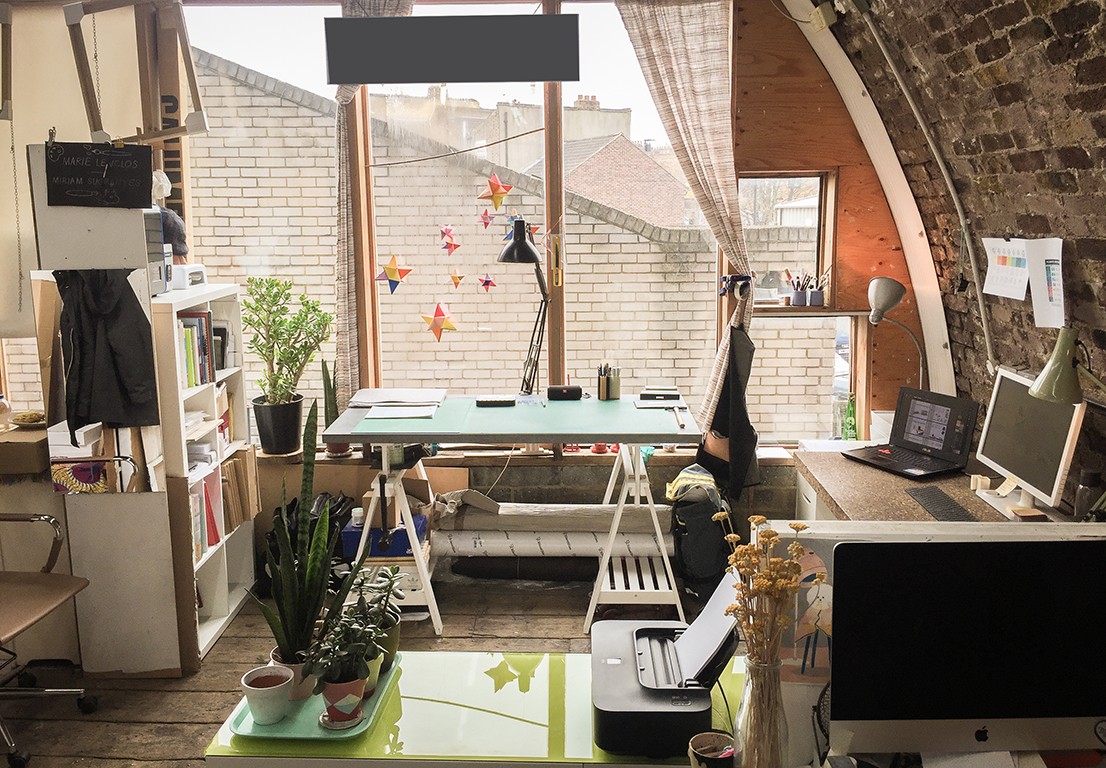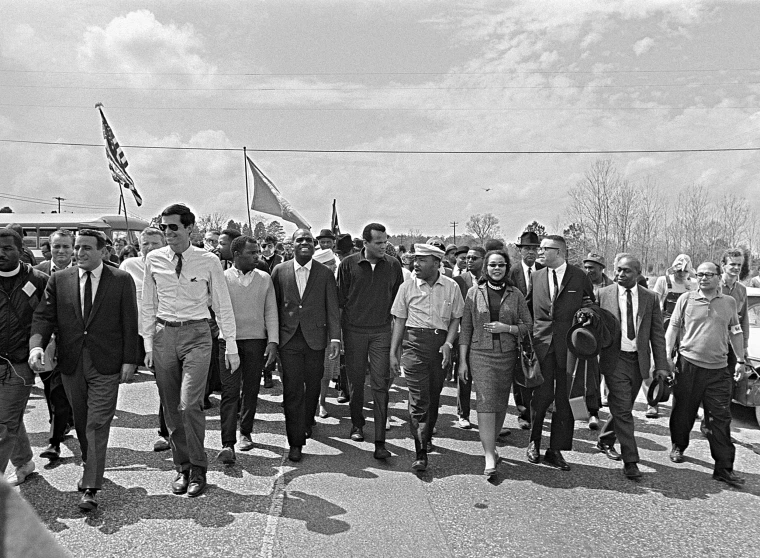Via Pharyngula, here’s an amazing video of an elephant’s birth which I invite you to watch before reading on.
(If you’re reading this by email the video won’t render so here’s a link to it on YouTube)
Let’s forget the drama of the calf appearing lifeless at first and focus on the actual “mechanics” of the birth. I’ve put the term in scare-quotes because there isn’t much to the mechanics: the calf just drops out of the mother in a split second. Of course the video is a bit misleading since it does not film the discomfort of pregnancy, which lasts for 22 months(!) in elephants; nor does it film the pre-birth labour.

Of course humans are amongst the worst-off animals in terms of childbirth. It’s just that human birth forms 99.999% of our birthing experiences so we’re used to it and don’t realise how bad we have it. In fact, I think the way our birth mechanics is set up is one of the best examples of bad evolutionary design: better even than having our breathing and eating pipes so near each other, as well as our excretory and entertainment centres being so unnecessarily fused.
The bad design for childbirth is because humans (1) walk upright and (2) are smart. These two features come into direct tension. Humans are smart largely because of our extremely oversized brains and hence oversized skulls and heads. They are much much bigger than would be expected for even a primate of our size, and can thereby house the extra complexity that makes our thinking [slightly] more versatile than a chimp’s. However the fact that we walk upright means the pelvis is rotated into an unusually contorted position. So we have a less conveniently placed birthing passage and a larger than normal organ to get through it.

Of course there are other solutions available in design space (eg. having the baby continue to develop after birth as in the case of marsuipials). However these are closed off because of where we are in the evolutionary tree so it’s tough shit to homo sapienses.
The result is that until the advent of modern medicine, cesareans, anesthesia, germ theory etc, giving birth was one of the most dangerous activities for a human. I’m sure I won’t need to spell out how prevalent it was — those of us with living grandparents can probably ask them about the conditions during their life and the life of their parents and grandparents. So we only need to go back a few generations to get to a time when dying of childbirth is routine. And of course in many countries it still is: the current world’s worst of 2000 deaths per hundred thousand (Sierra Leone) represents the conditions all humans have had to endure for most of our history.
Bottom line is this: because we are very used to our everyday human experiences we tend to become complacent about them, even when evolution’s dealt us a terrible card. We should avoid this — it is actively stopping us from looking for solutions to fix all the thousands of hackey, kludgey, stupid and harmful defects of our bodies and minds. Of course the ultimate complacency is the fact that most people accept the terrible biological card of aging and death as necessary or even desirable for some nonexistent good — more on that later. But even if you aren’t with me on this, you need only compare an elephant birth and a human this to come to a conclusion. Being a human is nothing to brag about, but a temporary situation to be further improved.





0 Comments